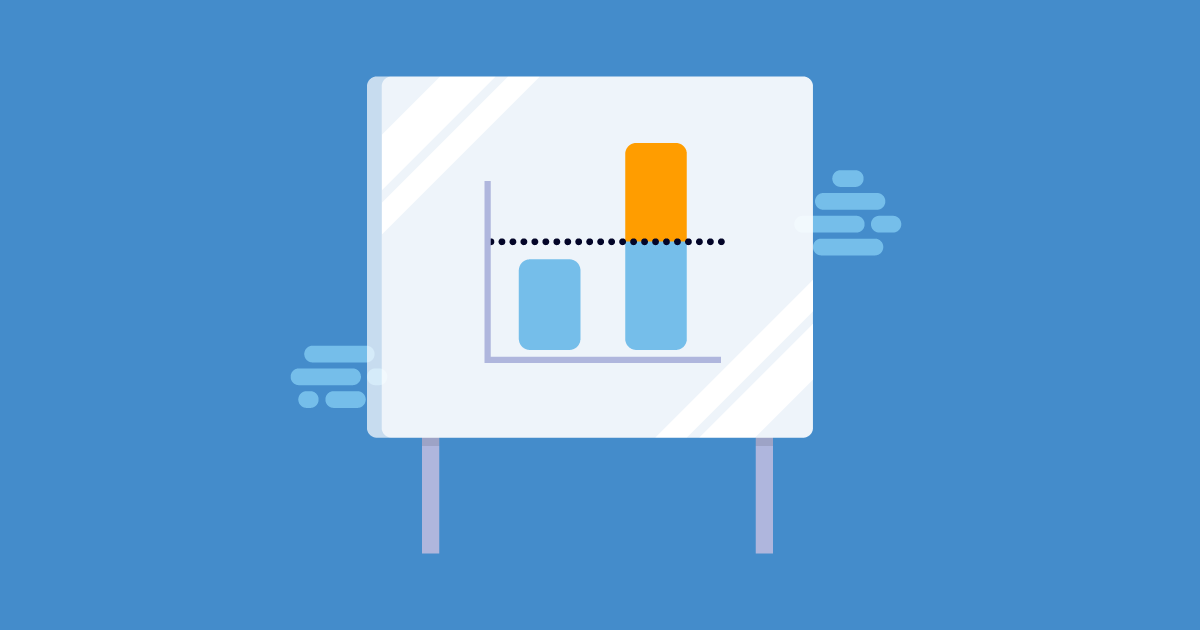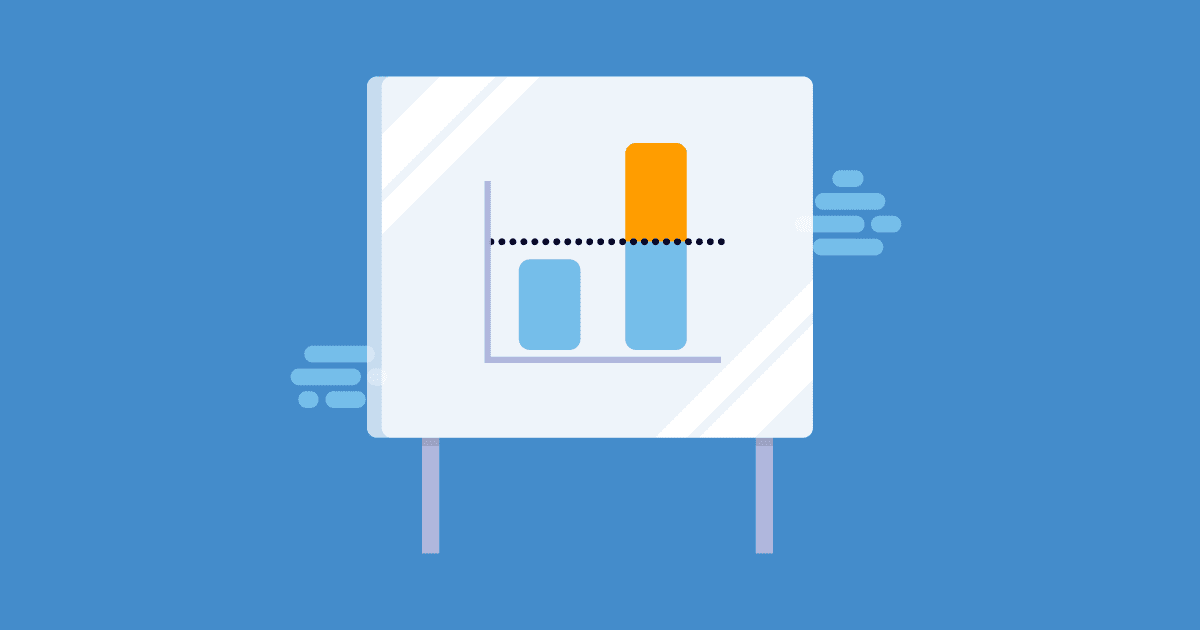A benchmark is a set of standards that can determine the quality of a product or a service. By using this benchmark, you can evaluate the quality of a software product or make gradual improvements to it.
Benchmark Testing will produce a set of measurable results from repeatable tests, through which the baseline standard quality and performance of the product will be understood. The technique can be used to compare the performance of both hardware and software systems and is among the most significant tasks in any hardware or software business. Benchmark Testing is important in order to maintain the standards and practices of software products, with evaluation and continuous improvements as important goals along with consistency in terms of performance and usability.
Characteristics of Benchmark Testing
The most important points in benchmark testing are:
- Tests should be repeatable as well as measurable. I.e, The tests should be run in the same environment, multiple times and the results should be be measured and logged.
- While the test is running, there shouldn’t be any other irrelevant application running. For example if you run a benchmark test on a web app, make sure that only the app under test is active in the environment.
- The environment and the product under test should meet the specified standards.

Benchmark Testing Process
Benchmark testing involves four stages:
- Benchmark preparation – Before testing starts, you will need to satisfy the specified benchmark criteria. There will be a set of prerequisites that needs to be met. For example it’s important that environments used in the test should involve same hardware and software specs.
- Benchmark test design – Write down the test scenarios that you plan to run for this part of the test. When creating the tests, you need to take various factors to consideration. For example, you need to test the speed of data transferred, but have you considered if the environments where you have hosted the application under test are in the same network?
- Benchmark test execution – Testing should be repeated many times to cover various criteria and each test should be run multiple times for each parameter selected for test. Tests should be continued until quantifiable results are achieved.
- Benchmark test analysis – Test results should be readable, and able to be understood by everyone involved. Results should be well detailed so that each test run is separately identified and the elapsed time for each run should be detailed.
Specification used in Benchmark Testing
Systems have different levels of complexity which require varied methods of testing. Benchmark testing has three important specifications:
- Workload specifications determine the type, as well as the frequency of request that should be submitted to the system being tested
- Metrics specifications select the element that needs to be measured, for example, the speed of downloading
- Measurement specifications assess the way to measure the element in order to find relevant values
Types of Benchmark Testing
Infrastructure based Testing: It determines and benchmarks different matrices of the infrastructure using which product is built and hosted.
Application based Testing: It is used for benchmarking the matrices of the product under test itself.
Conclusion
With benchmark testing, you get a set of quantifiable results of how a system performs. Frameworks, as well as tools can be used for benchmark testing. You can use benchmark testing for mobile phones as well. It helps in evaluating the performance of the system and makes improvement after every new release and yet keeping consistency with the overall user experience.
